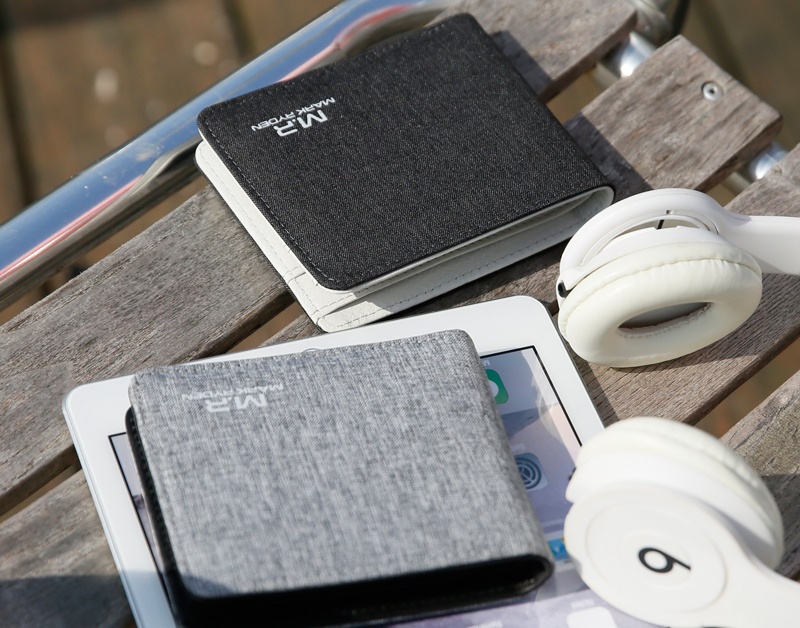You can make all of your displays mirror each other, or extend your workspace with different apps and windows on each display. If you use an external display with your Mac notebook, you can also use closed-display mode.
Check your requirements
- It has HDMI, USB, and VGA ports so you can conveniently connect your Mac laptop in a matter of seconds. Moreover, it supports Airplay. IDGLAX iDG-787W. If you want a simple plug and play kind of mini projector, the iDGLAX iDG-787W is a great choice. All you need to do to jumpstart your home cinema viewing is turn on the device, use an HDMI.
- The other option to connect a Mac to a projector or TV is with a wireless screen mirroring system. If you have a home theater system and use an Apple TV, the built-in Airplay app is an easy way to wirelessly share photos and videos from your Mac, if your Apple TV and your Mac are sharing the same network.
- The Apple USB-C VGA Multiport Adapter lets you mirror your Mac display to a VGA-enabled projector, TV or display in up to 1080p HD. Thankfully there are cheaper third-party USB-C to VGA adapters.
- Check the ports on your Mac to find out whether you need an adapter.
- Check how many displays your Mac supports: Choose Apple menu > About This Mac, click Support, then click Specifications. On the webpage that appears, the number of displays your Mac supports appears under Video Support.
Steps for Connecting a Macbook to a Projector. Turn ON your Mac. Plug in the projector to an electrical outlet and turn it ON. Connect the video cable (usually VGA or HDMI) from the projector to the Mac.In order to do this, you will most likely need a Mac adapter cable. (Note: Adapters vary depending on your computer’s video inputs. Click on the button above to view our adapter guide. Great deals on USB 2.0 1080p Home Theater Projectors for iOS/Mac. It's a great time to upgrade your home theater system with the largest selection at eBay.com. Fast & Free shipping on many items!
Use extended desktop mode
Maximize your workspace with extended desktop mode, which lets you enjoy full-screen apps and windows on each monitor. Then, use Mission Control to organize apps and windows across your displays. If your Dock is on the bottom of your screen, it appears on any of your displays when you move your pointer to the bottom edge of your display.


Turn on extended desktop mode
- Make sure that your external display is turned on and connected to your Mac.
- Choose Apple menu > System Preferences, then click Displays.
- Click the Arrangement tab.
- Make sure that the Mirror Displays checkbox isn’t selected.

Arrange your displays or change your primary display
So that you can move apps and windows across your displays in one continuous motion, arrange your displays to match the setup on your desk. You can also change your primary display, which is where your desktop icons and app windows first appear.
- Choose Apple menu > System Preferences, then click Displays.
- Click the Arrangement tab.
- To change the position of a display, drag it to the desired position. A red border appears around the display as it's moved.
- To set a different display as the primary display, drag the menu bar to the other display.
Use video mirroring
With video mirroring, all of your displays show the same apps and windows.
Turn on video mirroring
- Make sure that your external display is turned on and connected to your Mac.
- Choose Apple menu > System Preferences, click Displays, then click the Arrangement tab.
- Make sure that the Mirror Displays checkbox is selected.
Use AirPlay
With Apple TV, you can mirror the entire display of your Mac to your TV, or use your TV as a separate display. To turn on AirPlay, follow these steps:
- Make sure that your TV is turned on.
- Choose in the menu bar, then choose your Apple TV. If an AirPlay passcode appears on your TV screen, enter the passcode on your Mac.
- Mirror your display or use your TV as a separate display:
- To mirror your display, choose , then choose Mirror Built-in Display.
- To use your TV as a separate display, choose , then choose Use As Separate Display.
- To turn off AirPlay, choose , then choose Turn AirPlay Off.
Portable Projectors For Macbook Air
If you don't see in the menu bar, choose Apple menu > System Preferences, click Displays, then select the 'Show mirroring options in the menu bar when available' checkbox.
Learn more about how to AirPlay video from your Mac.

Usb Projectors For Laptops
Learn more
